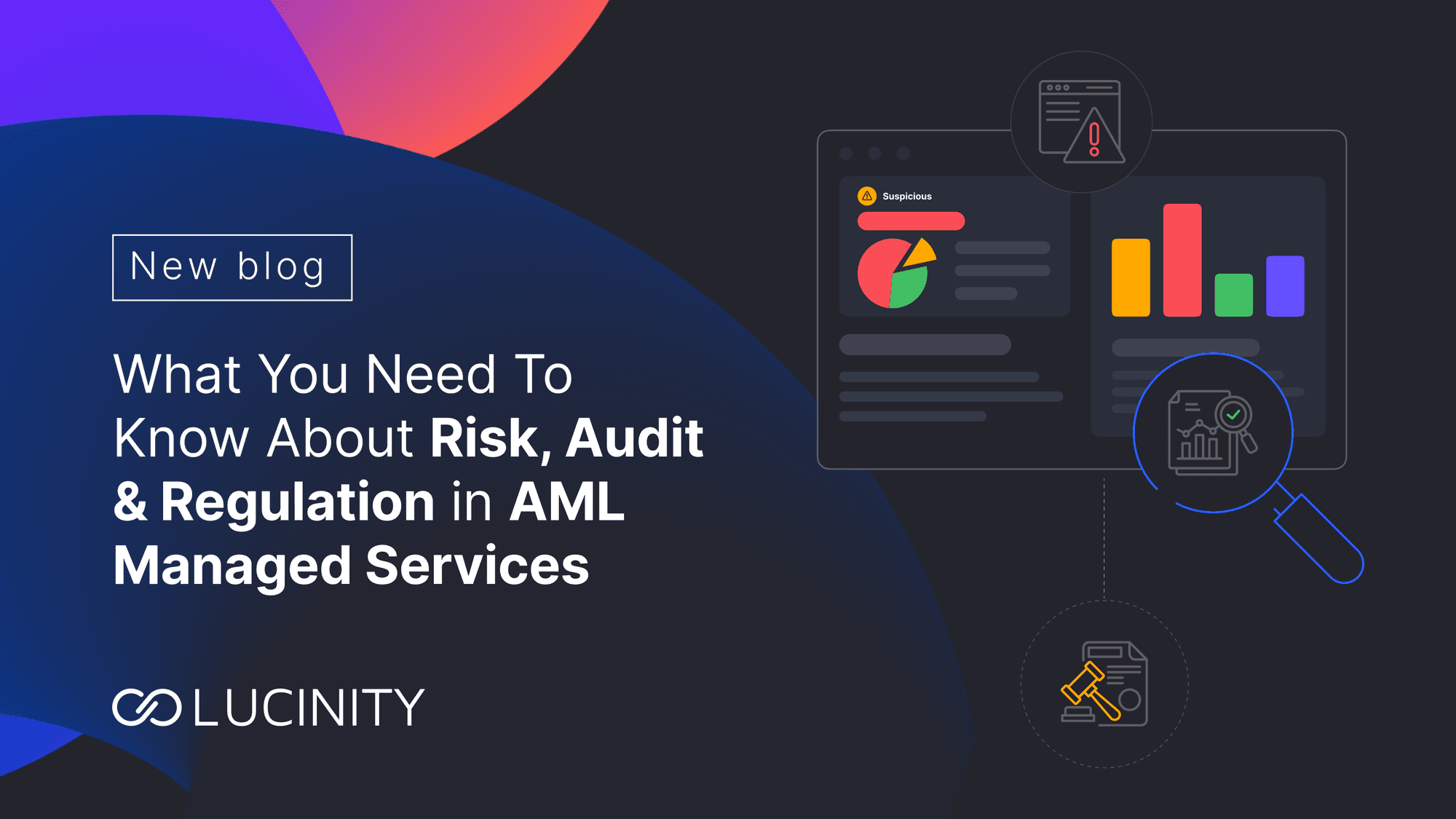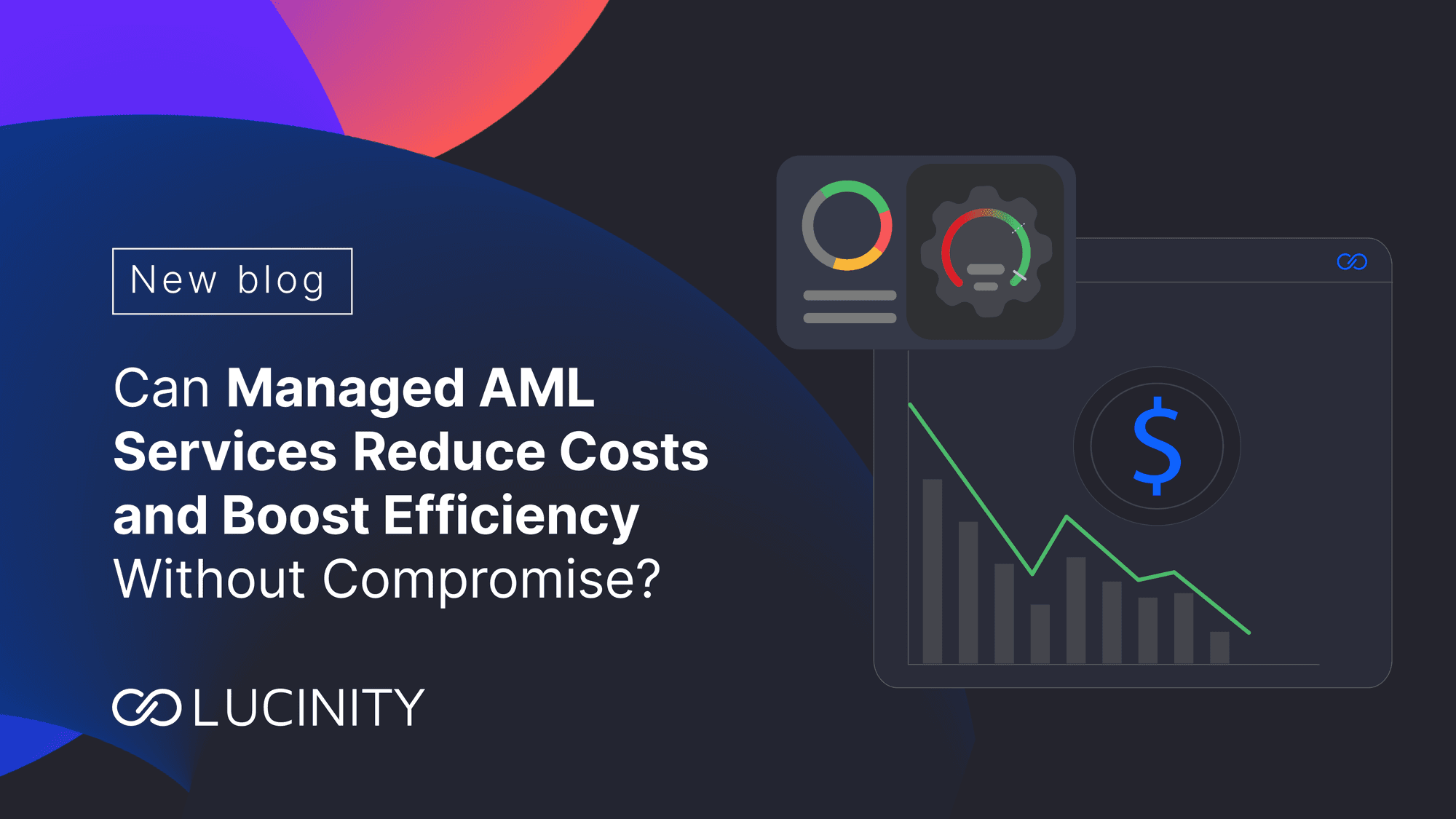The Silent Warriors: Unraveling the World of Financial Intelligence Units (FIUs)
This blog explores financial intelligence units (FIUs), covering 4 models and highlighting the crucial role of advanced analytics and privacy-enhancing technologies in supporting FIUs.
In the world of intelligence, there are different specialized fields like satellites, drones, and traditional spycraft. One relatively new area is Financial Intelligence, which focuses on preventing financial crimes. However, not many people are familiar with it, making it feel like silently fighting against a big and complex challenge.
Financial Intelligence Units (FIUs) play a vital role as national centers where they receive and analyze reports of suspicious transactions, along with information related to money laundering, associated offenses, and terrorist financing. Additionally, FIUs take the responsibility of sharing the results of their analysis to ensure effective actions against financial crimes.
FIUs have the ability to obtain more information from reporting entities through Suspicious Activity Reports (SARs) and have timely access to essential financial, administrative, and law enforcement data to carry out their duties effectively. Several factors influence an FIU's scope and mission, such as anti-money laundering and counter-terrorism financing laws, existing law enforcement practices, and the necessity for a trusted authority to receive, assess, and share financial information.
To handle these intricate communication channels and data flows efficiently, FIUs depend on reliable technology solutions. These solutions are designed to make the most of limited resources and prioritize seamless, secure data sharing, ensuring their effectiveness in combating financial crimes.
One Size Does Not Fit All: Different FIU Models
Financial Intelligence Units (FIUs) can follow different models based on their scope, regulations, and anti-financial crime requirements. These models include:
- Judicial Model: In this model, the FIU operates within the government's judicial branch. It receives reports of suspicious financial activity from the country's financial sector. The judiciary powers can take action, such as seizing funds, freezing accounts, conducting interrogations, detaining people, or conducting searches.
- Law Enforcement Model: FIUs in this model work alongside existing law enforcement systems. They support multiple agencies with jurisdictional authority to investigate financial crime, ensuring coordinated efforts.
- Administrative Model: In this centralized and independent model, the FIU acts as a buffer between the financial and law enforcement communities. It receives and processes financial sector information and forwards disclosures to judicial or law enforcement authorities for prosecution.
- Hybrid Model: This model combines elements of at least two FIU models. It serves as an intermediary and link between judicial and law enforcement authorities, enhancing collaboration in combating financial crime.
All these models have one thing in common: they need to process a large amount of data, mainly from private institutions. This data comes from suspicious activity reports (known as SARs) and exchange platforms that help understand criminal patterns and best practices of institutions. The challenge is to share this data across different spaces, both public and private, while ensuring compliance with the increasingly important and complex data protection laws.
In 2022, the entities reporting to the UK National Crime Agency submitted a record of nearly one million Suspicious Activity Reports (SARs). This issue impacts not only significant financial markets but also global compliance and law enforcement sectors. While private financial institutions are adopting advanced technology solutions to improve efficiency and reporting, public-side FIUs have been slower in embracing these trends.
This is where financial crime prevention solution providers such as Lucinity come in. Lucinity's generative AI copilot, Luci, can boost the effectiveness of investigative and SAR-narrative work five-fold while supporting and coaching staff, ensuring important decisions remain in human hands. This means a substantial increase in productivity, consistency, and quality, making a positive difference in combating financial crimes.
AI-Powered Insights: Redefining Financial Intelligence for a Digital Era
The rise in productivity among reporting entities, as mentioned earlier, should also be met by receiving FIUs. They need to stay on top of not just SAR reporting but also essential data to grasp the latest trends and provide advice to entities on preventing, detecting, and mitigating financial crimes.
This brings us to two significant areas where technology can play a crucial role:
Advanced Analytics
FIUs can benefit from adopting solutions that help identify specific Suspicious Activity Reports (SARs) aligned with their intelligence priorities. These solutions, like Natural Language Processing (NLP) based algorithms, can easily pinpoint important themes within a large volume of reports, which often contain detailed and complex information.
Generative AI can aid FIUs in managing their workload more efficiently and keeping up with incoming reports. For instance, Luci can be a helpful assistant for FIU staff by accessing and cross-checking data, allowing investigators to verify reporting, connect with related cases, and continuously improve their understanding of the situation. This way, Luci supports the FIUs to do their job even more effectively.
Privacy-enhanced technologies (PET)
Privacy Enhancing Technologies (PETs) are a set of helpful tools that ensure data is used responsibly, reducing risks related to data use. Some PETs can anonymize data, while others enable secure analysis on privately-held datasets without sharing copies of the actual data. These versatile PETs can strengthen data governance choices, support data collaboration, and enhance accountability through audits. That's why they are often called "Partnership Enhancing Technologies."
Lucinity, in collaboration with the Bank for International Settlements (BIS) Innovation Hub Nordic Centre, successfully carried out Project Aurora. This initiative had two critical benefits for FIUs. Firstly, it created synthetic data sets containing specific financial crime patterns, such as human trafficking. This allows institutions to train their systems and staff, improving their prevention and detection capabilities. Secondly, the project demonstrated the secure transfer of data using Homomorphic Encryption technology, ensuring data remains safe while being used effectively. This shows how technology can positively impact the fight against financial crimes.
Conclusion
In today's world, there are concerns about AI taking over tasks previously handled by humans and the potential implications on decision-making. However, FIUs are now called to play an even more crucial role, given their unique position between public and private institutions. This presents an important opportunity for FIUs to make a significant impact and facilitate collaboration for a safer financial environment.





